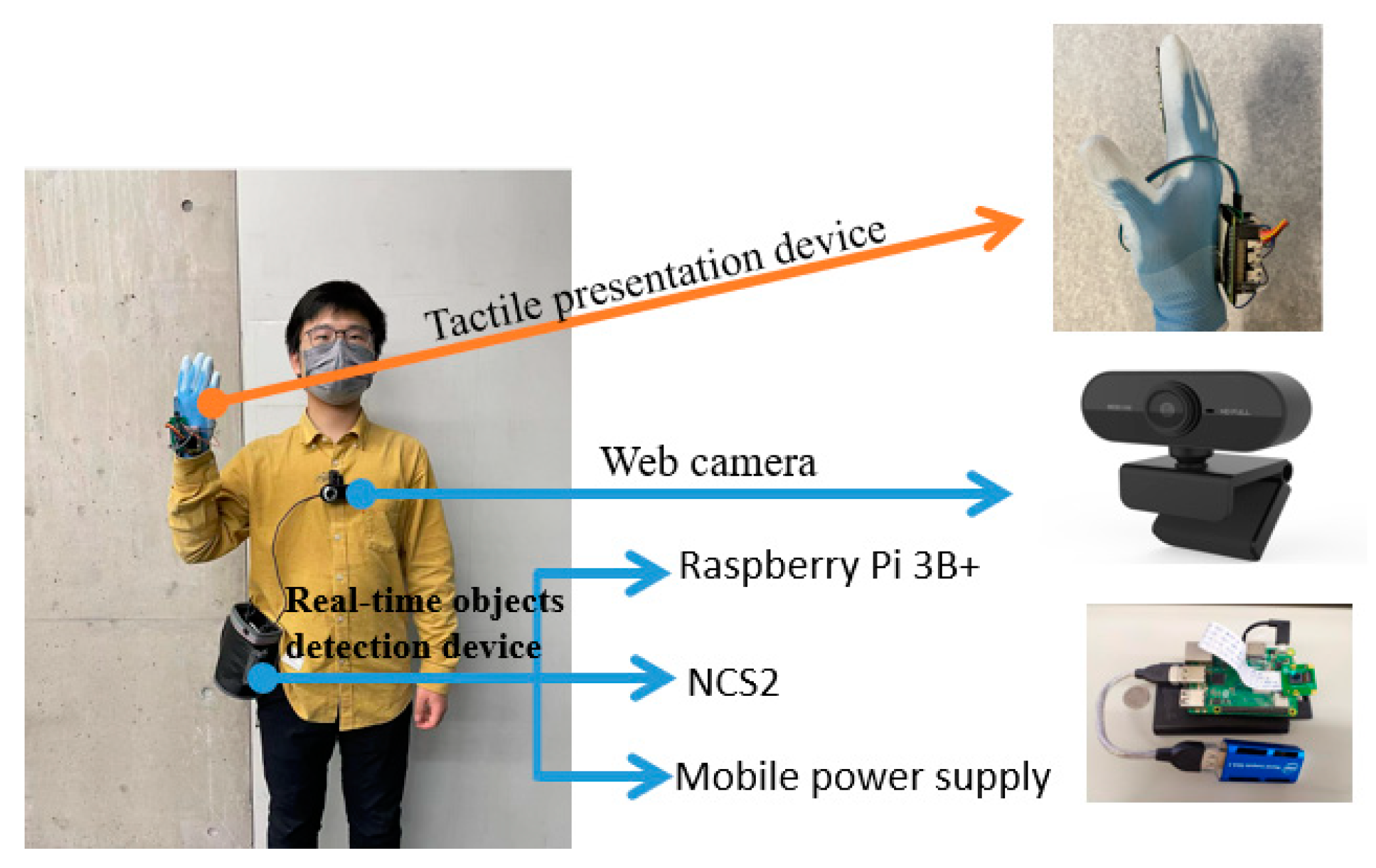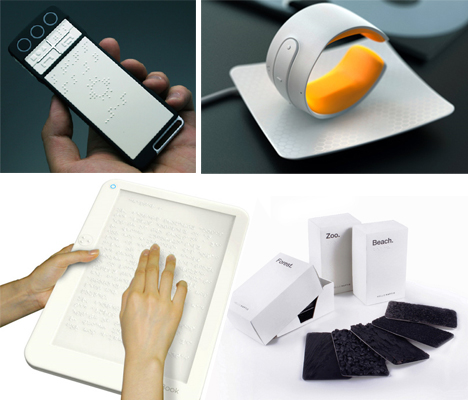Assistive Technology for the Blind: Solutions to Transform Lives
Discover Cutting-edge Tools Made for the Visually Damaged
The advancement of innovative devices for the aesthetically damaged represents a considerable improvement in access and freedom. Technologies such as clever glasses with AI capabilities and mobile applications designed to provide acoustic summaries are reshaping day-to-day experiences for customers.
Smart Glasses for Navigating

Smart glasses created for navigating are transforming the way visually impaired individuals engage with their atmosphere. These innovative gadgets make use of a combination of electronic camera technology, expert system, and auditory feedback to offer real-time information regarding surroundings. By using challenge discovery systems, clever glasses can inform individuals to possible risks, enabling safer movement in both acquainted and unfamiliar settings.
The combination of GPS technology additionally boosts navigating abilities, enabling individuals to obtain auditory instructions as they relocate. This hands-free method not just fosters independence however also equips aesthetically impaired individuals to navigate city landscapes with boosted self-confidence. In addition, many wise glasses are furnished with functions that determine sites and road signs, providing contextual info that improves the individual experience.
Additionally, the development of these devices is consistently progressing, with firms functioning to boost the accuracy of things acknowledgment and increase the series of navigational features. As smart glasses become more obtainable and economical, they hold the potential to significantly transform life for visually damaged users. Ultimately, these cutting-edge devices stand for an essential action toward inclusivity, offering boosted movement and a greater sense of freedom for individuals navigating the globe around them.

Mobile Application for Daily Living
How can mobile applications improve the day-to-days live of visually damaged individuals? Mobile apps are changing the method aesthetically damaged individuals browse their environments, handle day-to-day tasks, and accessibility information. These applications offer important assistance with numerous functionalities, cultivating self-reliance and enhancing top quality of life.
A number of cutting-edge mobile apps are developed especially for daily living. Apps like Be My Eyes attach aesthetically impaired individuals with sighted volunteers by means of video phone calls, allowing them to receive real-time support with jobs such as checking out labels or browsing unfamiliar rooms. Likewise, Seeing AI, created by Microsoft, uses expert system to describe surroundings, read text, and identify items, properly changing a smart device into an effective tool for everyday help.
Furthermore, navigation apps tailored for the aesthetically damaged, such as Aira and BlindSquare, provide audio-based instructions and environmental information, enabling individuals to traverse their environments securely and with confidence. Past navigating and instant assistance, mobile apps additionally sustain organization and job management, with functions that help customers set tips, create to-do listings, and track appointments. In recap, mobile applications serve as crucial resources, encouraging visually damaged people to lead more independent and fulfilling lives.
Wearable Technologies for Help
Empowerment through modern technology is progressively obvious in the realm of wearable tools created to help aesthetically impaired individuals. These innovative devices incorporate flawlessly into day-to-day live, enhancing navigating and giving necessary feedback to individuals. For example, clever glasses outfitted with electronic cameras can identify faces and read text out loud, permitting customers to interact more confidently in social and expert settings.
One more notable innovation is using haptic responses systems in wearable gadgets. These systems make use of resonances or various other tactile signals to communicate info regarding the user's environment, such as barriers or modifications in terrain, boosting flexibility and safety. Wearable technologies additionally consist of wristbands that attach to smartphones, notifying users to alerts with refined vibrations, thus enhancing connection without reliance on visual hints.
As these innovations proceed to evolve, they are not only boosting independence for aesthetically damaged people yet additionally cultivating a higher feeling of incorporation in society. By bridging the gap in between difficulties dealt with in day-to-day living and the capacity for freedom, wearable innovations function as critical tools in the pursuit for equality and empowerment for those with visual impairments.
Sound Description Tools
Sound description devices play an essential role in improving access for aesthetically damaged individuals, giving them with the ability to engage with visual media. OCR devices for the blind. These tools supply narrated summaries of vital visual aspects in films, television programs, and live performances, making sure that individuals can fully comprehend the context and feelings shared through visuals
Sound description can be integrated right into various platforms, consisting helpful resources of streaming services, movie theater testings, and live theater. Several prominent streaming services currently include audio summary as an ease of access feature, enabling viewers to pick it easily. In enhancement to traditional media, specialized apps likewise exist, providing audio descriptions for art events, museums, and other social occasions.
The efficiency of audio summary depends upon the ability of the narrators, that must convey aesthetic details succinctly without diminishing the original audio. Technologies in this field are also leading the way for more tailored experiences, where customers can adjust the degree of information and pacing according to their preferences.
Braille Innovations and Instruments
Braille devices and technologies have actually substantially transformed the method aesthetically impaired people engage with message and information. Modern improvements have actually led to the growth of versatile tools that enhance proficiency and self-reliance amongst individuals. Significantly, Braille display modern technologies have actually advanced, permitting dynamic reading experiences. These gadgets convert electronic message right into Braille, making it possible for customers to access a huge array of information on tablet computers, computer systems, and smartphones.
Additionally, portable Braille notetakers combine traditional Braille input with contemporary capabilities, assisting in note-taking, organizing, and paper editing on the move. Wearable technology for low vision. These small gadgets often feature text-to-speech capabilities, connecting the void in between Braille and acoustic info
Additionally, innovative Braille printers have arised, allowing users to generate Braille tags, papers, and academic materials efficiently. This access cultivates higher involvement in educational and expert settings, eventually advertising inclusivity.
Additionally, research into wise Braille modern technologies remains to expand. Tools that integrate synthetic knowledge are being checked out to supply real-time navigation help and contextual info, enhancing the individual experience in varied settings. Overall, these developments mirror a dedication to equipping visually impaired people via technology, ensuring they can quickly access and engage with the globe around them.

Conclusion
The improvement of ingenious tools for the aesthetically impaired significantly improves independence and high quality of life. These technologies not only foster better addition yet also advertise autonomy in everyday tasks, eventually adding to a much more fair and available society for visually impaired individuals.
As smart glasses end up being a lot more inexpensive and easily accessible, they hold the prospective to substantially change daily life for Learn More Here visually damaged customers. Mobile applications are revolutionizing the way visually damaged individuals browse their atmospheres, take care of everyday tasks, and access details. Applications like Be My Eyes attach aesthetically impaired users with sighted volunteers via video see here now phone calls, permitting them to get real-time assistance with tasks such as checking out labels or browsing unfamiliar spaces.Furthermore, navigating apps tailored for the visually impaired, such as Aira and BlindSquare, use audio-based directions and environmental information, making it possible for users to traverse their surroundings safely and with confidence.The improvement of cutting-edge devices for the aesthetically impaired significantly enhances independence and quality of life.